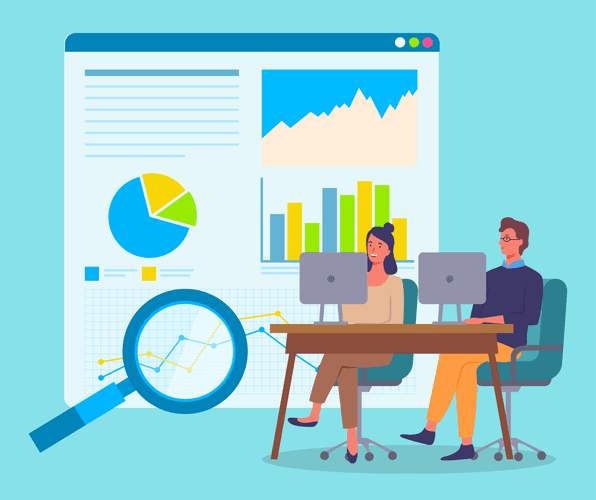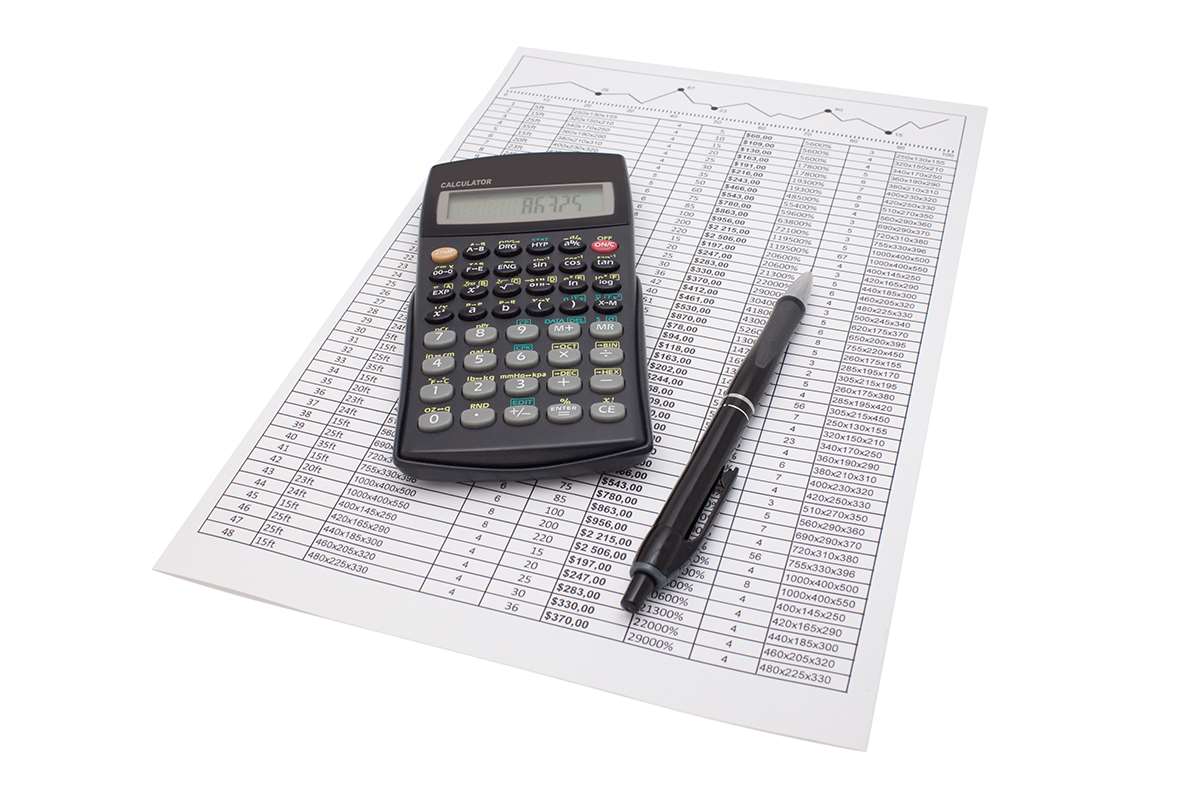These accounts are central to recording business health, and companies carry their balances into subsequent accounting periods. Automation minimizes human error by ensuring that transactions are recorded accurately in both temporary and permanent accounts. Automated systems use predefined rules and algorithms to handle data, reducing discrepancies and improving the consistency of financial records. At the end of an accounting period, the balance in a temporary account is not carried forward. Any remaining balance is then transferred to a permanent account, which typically involves the retained earnings on the balance sheet.
Order to Cash
Drawing or withdrawal accounts of the owner/s in sole proprietorships and partnerships. Organizations use liability accounts to record and manage debts owed, including expenses, loans, and mortgages. Automation removes any need for finance teams to spend time on clerical or rote tasks. For example, you can apply cash to invoices automatically instead of tasking a highly qualified AR team member with manually reconciling transactions.
Businesses close temporary accounts and transfer the remaining balances at the end of predetermined fiscal periods. These accounts record the income earned from selling goods or providing services during a specific accounting period. For instance, sales revenue tracks income from product sales, while service revenue captures earnings from services. At the end of the period, balances from these accounts are transferred to the income summary account. For example, long-term assets, such as buildings or equipment, do not impact profit and loss during a given reporting period. As long as the business owns these assets, they will have an impact on its overall financial status.
HighRadius Named a Challenger In 2025 Gartner® Magic Quadrant™ for Financial Close and Consolidation Solutions
- Temporary accounts are when the balance is not carried forward at the end of an accounting period and which are later tied to a certain fiscal term.
- If the 2020 account was not closed, the balance that would appear at the end of 2021 would be $1,100,000.
- A temporary account serves as a repository of transaction data for an accounting period of usually one year.
- Temporary accounts operate on the principle of closing the books at the end of an accounting period.
- Accounting is one of the most significant spheres of business management.
At the same time, the business will make a credit entry of $50,000 in the income summary. After expenses are also accounted for (and the expense account is also zeroed out), a similar process will be conducted in the income summary account. A corresponding credit entry will be made in the capital account, and the income summary account will also be zeroed out for the period. Temporary and permanent accounts use the same system of journal entries. In the case of temporary accounts, the account will be zeroed out at the end of the reporting period.
Basically, an entity records accounting transactions in a nominal account for one accounting year. At the end of the accounting year, the balances in the account are transferred to a permanent account (real account). Unlike temporary accounts, which “start over” at a zero balance in each new reporting period, permanent accounts will have a balance that carries over from one reporting period to the next. The ending balance of the previous reporting period will be the starting balance of the next reporting period. Temporary accounts are nominal accounts with zero balance at the beginning of the financial year. At the end of the year, the balance is visible in the income statement and later transferred to the permanent account in the form of reserves and surplus.
They are closed to prevent their balances from being mixed with those of the next period. A company continues rolling the balance of a permanent account forward across fiscal periods, temporary accounts maintaining one cumulative balance. With a temporary account, an organization redistributes any funds remaining at the end of a specific timeframe, creating a zero balance. At the end of an accounting period, companies reset a temporary account’s balance to zero with a closing entry that offsets its existing balance. You can use these accounts for a quarter or longer, depending on the transaction in the account.
- Temporary accounts are used to compile transactions that impact the profit or loss of a business during a year.
- For example, the amount of dividends a company pays each quarter will vary and is relevant for that quarter.
- Temporary accounts are typically closed at the end of each accounting period, which can be monthly, quarterly, or annually.
- As a result, when the new accounting period begins, the account maintains the closing balance from the preceding period.
Concerns about the safety of deposits can be brought up with accountants, who may have suggestions for keeping accounts safe and accessible. Let us understand the different types of these accounts and temporary account accounting through the discussion below. An automated solution can reconcile transactions, create journal entries, classify transactions according to preset rules, and present accounting teams with an easy dashboard for approval.
If the temporary account was not closed, the total revenues seen would be $900,000. Afterward, this revenue or losses move to the retained earnings items in a liability and asset sheet. We advise automating the processes of tracking and closing temporary accounts. Expense accounts record all costs incurred to operate the business and generate revenue. The Cost of Goods Sold, representing the direct costs of products sold, is also an expense account.
Temporary accounts allow financial managers to separately record, calculate, and analyze transactions that reflect on the business’s performance for a particular, defined period of time. Temporary accounts allow for greater accuracy in reporting this activity and feeding it into financial statements. In accordance with the double entry system of accounting, every journal entry is recorded in at least two different places and they cancel each other out. In the case of the temporary revenue account, the same closing entry of $10,000 will be recorded as a credit in the income summary. A drawings account is a corporation’s dividend account where the money is distributed to the owners. As it is not a temporary account, it is transferred to the capital account instead of the income summary through an amount credit.
Mistakes in bookkeeping can seriously harm your accounts and lead to overpaying or underpaying for your obligations. By automating financial and accounting operations, you can make sure that your job is done quickly and efficiently. With little to no human involvement, automated accounting involves the use of software to speed up key financial procedures like account reconciliation and statement preparation. Even if you have a small business setting up a temporary account can be a good idea for receiving and holding payments from customers. For security reasons I make sure to have a temporary account set up so that I can change my account number quarterly.










